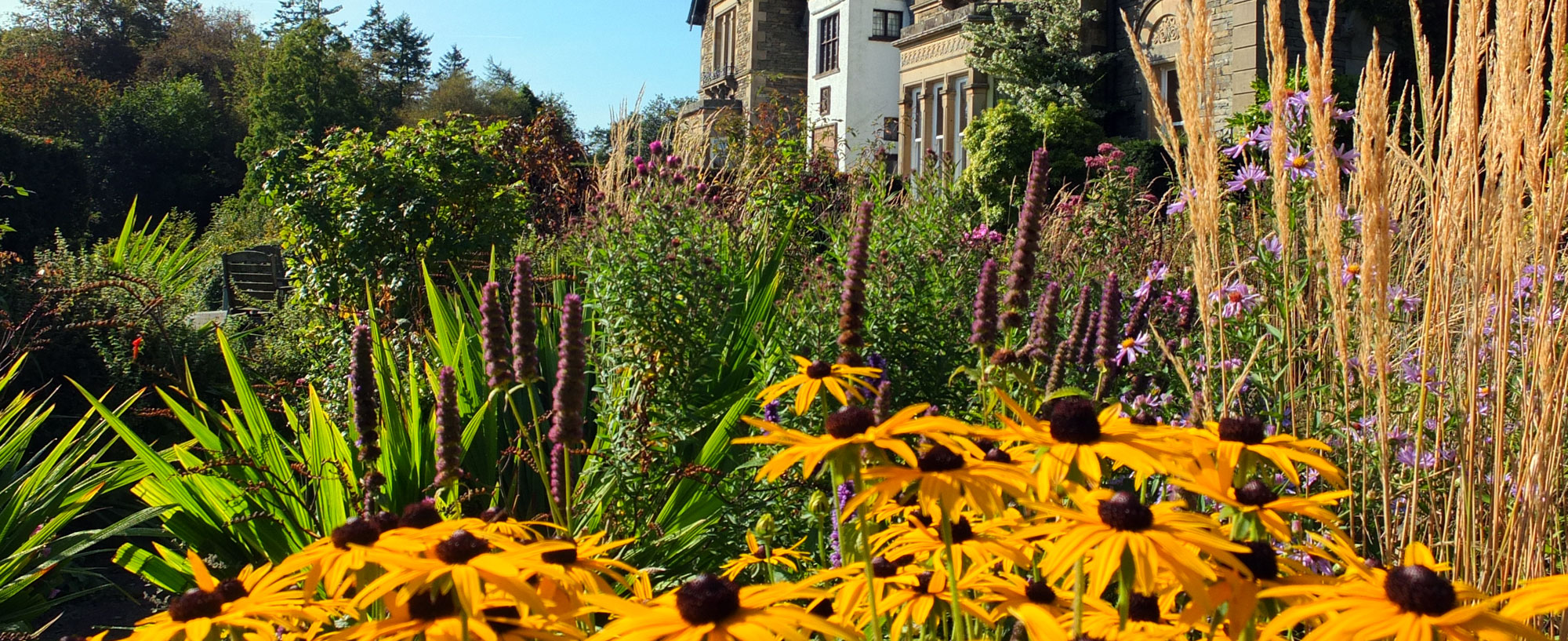Summer has somehow quietly slipped by, no doubt helped along by the wet and dreary August weather. The swifts left for warmer climes at the end of the first week of the month and there is the odd swallow still floating about but if it stays cool and wet they will soon be gone too. Still, raucous groups of goldfinches have invaded the edges of the hay meadows searching for knapweed seeds and soon, we hope, flocks of fieldfares, thrushes and blackbirds will return to feast on this year’s bumper harvest of hawthorn berries on the land and cotoneaster berries in the garden.
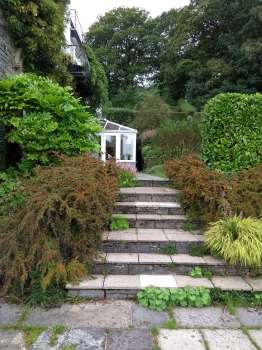
As for the gardeners here at Yewfield, dreary weather aside, it has been a productive month. After many years of dithering we finally decided to have a couple of professional wallers rebuild the 33-metre long drystone wall adjacent to the public footpath to Tarn Hows. They have done a spanking job and when the horses came back from their summer quarters to the lush regrowth of the hay meadows even they took a second look from their feast trying to work out what had changed in their once familiar landscape.
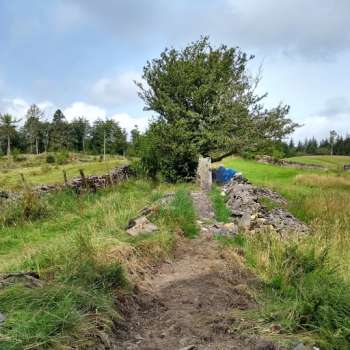
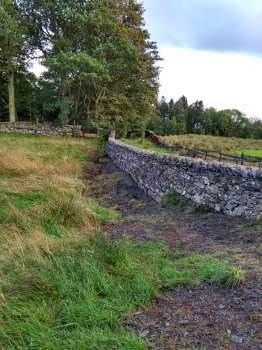
The hay crop was a nip and tuck affair this year. We took four harvests at different times over the months of July and August hoping to squeeze in four days of dry weather to cut, ted and bale the hay. Our small scale, low-tech system using our two wheeled tractor and hand baler works well in our fickle summer climate allowing us to bring in hay when the weather allows. We have put in 172 bales, enough needed for five months to feed our ponies if we get a prolonged winter.
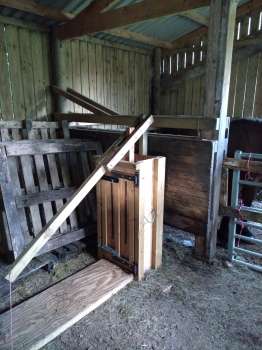
It has been a good apple year and even with a valiant attempt at thinning in June many of our trees are dangerously overloaded. Strong winds could be damaging heavily laden branches so a second thinning is in order before the harvest next month. We shall dust off the apple press and perform the autumn ritual of apple pressing. These rituals mark the seasons and give one a deep and direct connection with the rhythms of the land.

Slug collection of Arion vulgaris in the evenings continues as now they are mating and laying eggs for next year. In spite of considerable slug and caterpillar damage in this wet and cool August garden, produce continues to be harvested. The tomato crop is good especially the variety ‘Black Russian’ although we have been disappointed by a couple of old trusted varieties this year, namely Gardener’s Delight and Golden Sunrise. Although cropping well the varieties have sadly lost their flavour. These old varieties can sometimes deteriorate genetically but the seed companies should not be putting them on the market. Two years ago we and others notified seed companies to no avail and it has also been mentioned in the horticultural press so buyers beware.
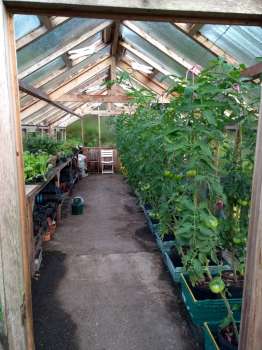
Bracken bashing is a necessary ritual each summer at Yewfield. Although bracken Pteridium aquilinum is a native woodland plant it can be invasive here in the Lake District smothering grazing pasture on the fells and flower rich hay meadows. Until this year we were toiling away for days at a time with wwoofers bashing bracken with sticks and cutting them with scythes. Present theory has it that bruising bracken is more effective at weakening the plant than cutting as the bruising slowly bleeds the plants sap whereas with cutting the plant seals the wound more quickly. This year we invested in a bracken basher welded together from scrap by a local mechanic. It is pulled behind our quad bike and makes the job much quicker and more efficient. Another example of appropriate technology for smallholders.
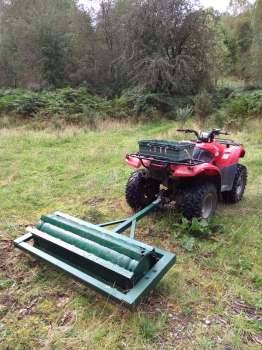
Go back to all blog posts or read the next entry in our blog here →
You can also read the previous blog post here.
